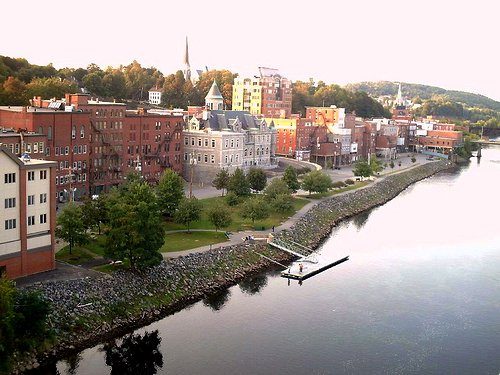Andre Leroux, executive director of the Massachusetts Smart Growth Alliance, believes that New England’s smaller cities hold the potential to absorb much development that could help save the region’s countryside from sprawl. But it will take some policy reforms to realign incentives away from greenfield development and back to traditional centers.
Leroux contends that most small New England cities were once booming industrial centers, with robust populations, employment, shopping, and infrastructure. But, like some of their larger counterparts, over time they became subject to considerable disinvestment in the form of plant closings, job losses, weakened civic infrastructure, and shrinking tax bases. In urban New England the losses were exacerbated by the region’s traditional dependence on a manufacturing economy.
Meanwhile, greenfield development prospered, to the effect that New England was losing some 1200 acres of undeveloped land each week before the current recession. As readers of this blog know well, across the country there has been an increasingly strong smart growth and new urbanist response to sprawl that has brought great new models of development. Ironically for New England, though, many of these models are based on design principles almost identical to those found in the smaller New England cities that suffered disinvestment.
Leroux offers a seven-point plan for ripening the reinvestment opportunities in these locations, which you may read here.
Photo of Augusta, Maine by Terry Ross.





Comments